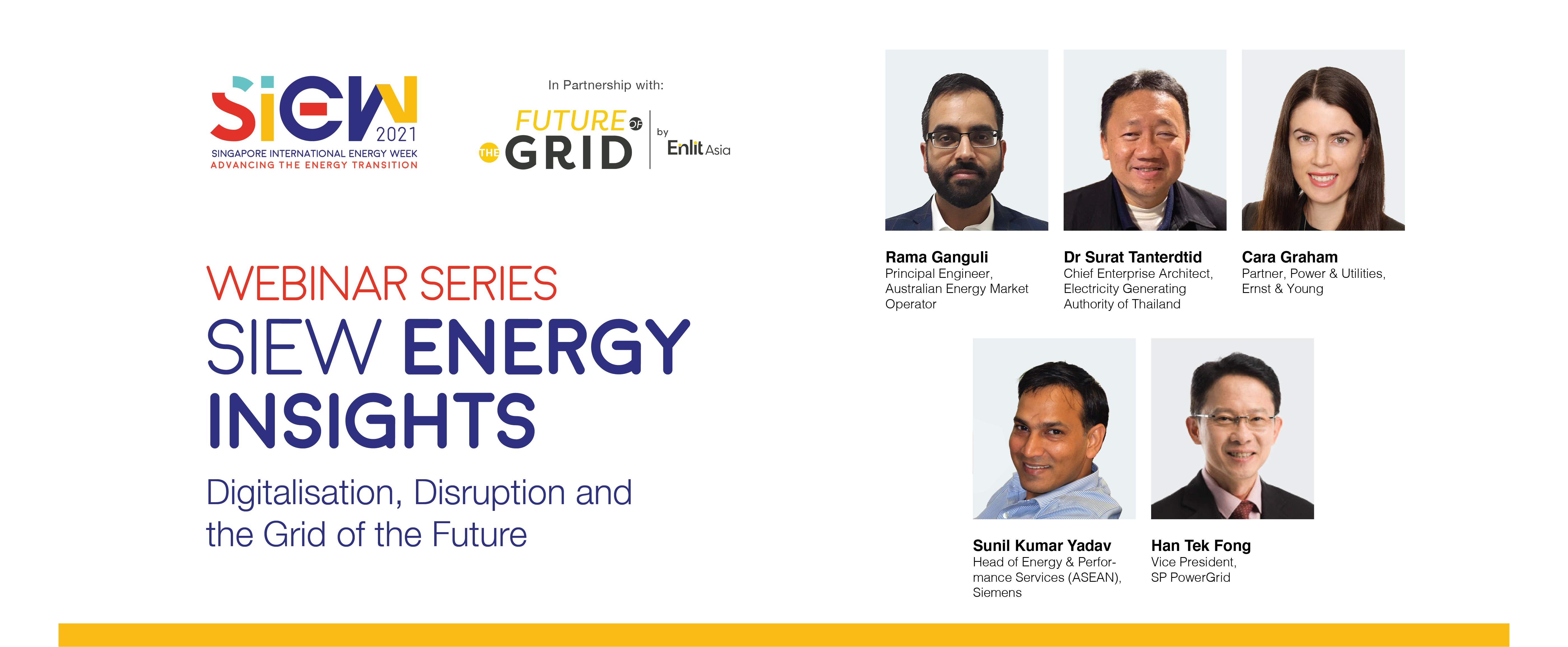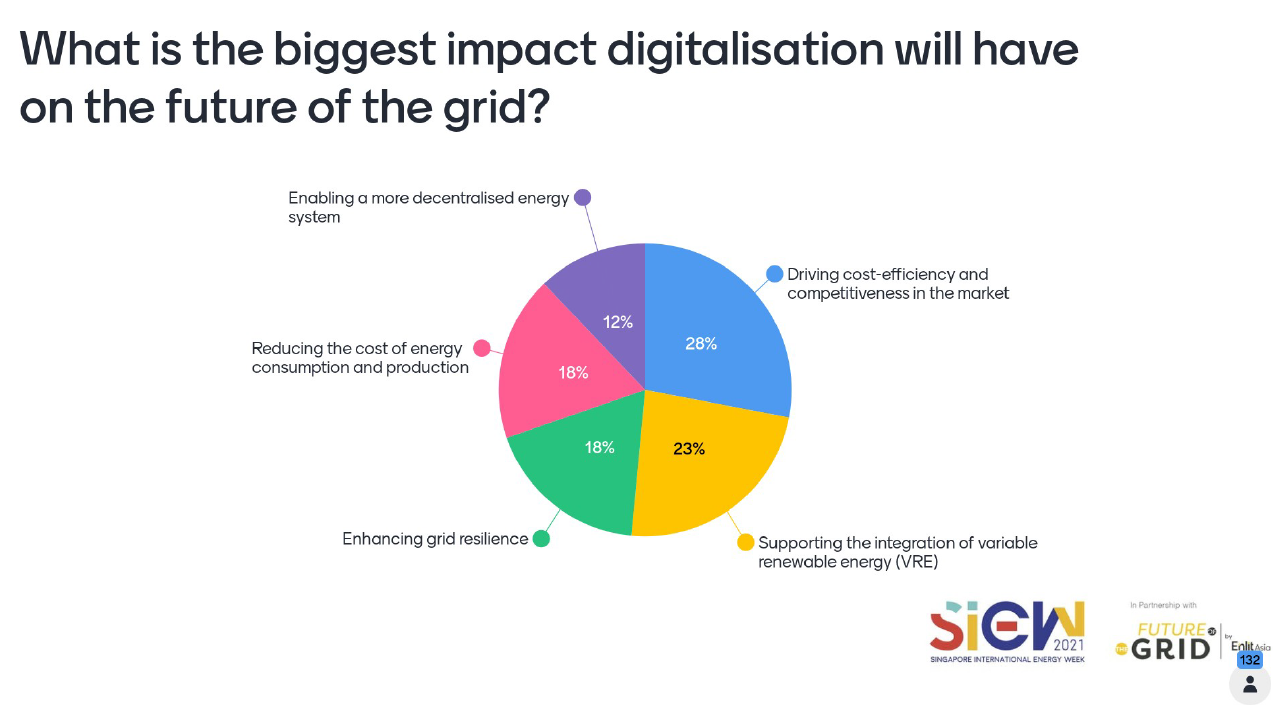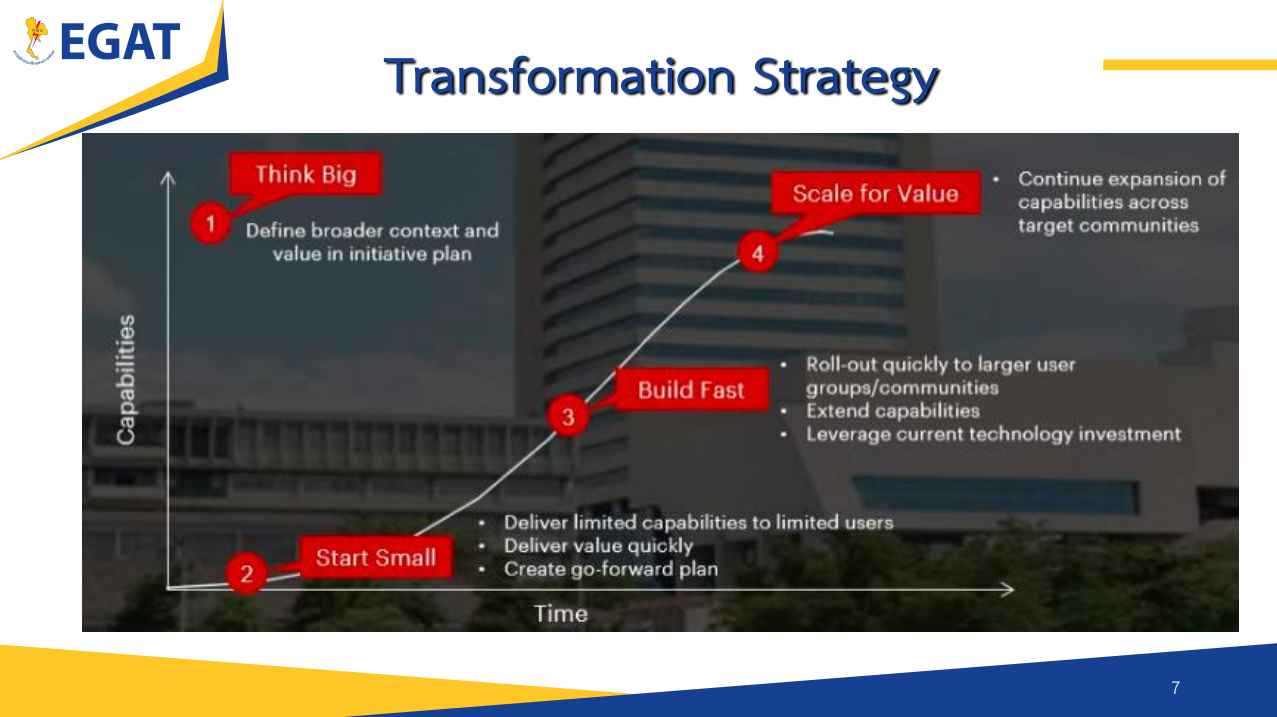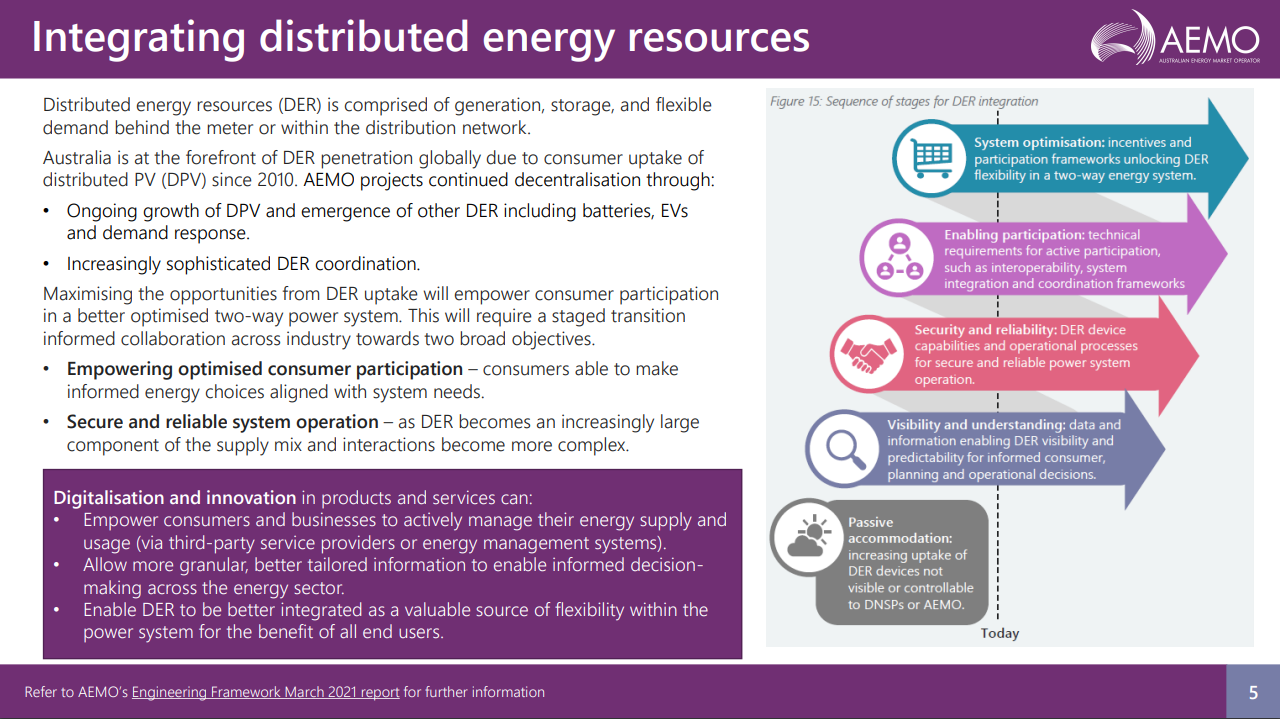
Propelled by technological advances, the smart grid market in the Asia Pacific region is primed for immense growth, bringing significant benefits to both electricity providers and consumers. At the same time, increased electrification, the growth in distributed generation and the integration of diverse energy sources are posing new challenges for utilities across the region.
In the SIEW Energy Insights Webinar, held in partnership with Clarion Events on 27 July, industry experts gathered to discuss how utilities can adapt to a changing market and tap on digitalisation to build a more flexible and resilient electricity grid.
Sunil Kumar Yadav, Head of Energy & Performances Services (ASEAN) from Siemens set the scene by sharing key takeaways from The Grid Edge Revolution: Innovative Drivers towards Net-zero Energy whitepaper. He highlighted the four phases – Energy, Power, Flexibility, Data - that governs the grid edge revolution and its respective challenges.

Mr Yadav further noted that the transition of the energy system is enabled by fundamental developments in science, technology and society—characterising these shifts as the 5 Ds for a transition to the grid edge: decarbonisation, digitalisation, decentralisation, decoupling energy service from energy uses, and the democratisation of energy system. New developments on the grid edge are poised to enable buildings and industries to optimise energy efficiency and empower customers to integrate renewables.
“The original definition of the grid edge was basically an interface between the grid and the end-consumer. Today, the meaning is much broader, with developments in both the demand and supply sides. We see it as the platform where everything can be connected at the same time to communicate with each other seamlessly,” Mr Yadav added.
What is the biggest impact digitalisation will have on the future of the grid?
In this audience poll conducted, participants chose driving cost efficiency and market competitiveness, and supporting the integration of variable renewable energy (VRE) as the factors that will have the biggest impact on the utlities’ growing digital adoption.

Discussing the latest advances in Singapore’s grid digitalisation, SP Group Vice President Han Tek Fong highlighted the need to tap on the latest digital technologies to further optimise the country’s electricity grid.
“Artificial intelligence and machine learning will help push the digitalisation agenda, while a virtual twin can help determine better lifecycle asset management, as opposed to regular, time-based maintenance. Augmented reality and virtual reality will also enable better visualisation of grid operations and maintenance,” Mr Han said.

Mr Han further observed that the grids of tomorrow will require greater computational power and analytics capabilities to keep pace with an evolving digital future—with new considerations such as cybersecurity risks to be factored in as more power systems become interconnected. Mr Han concluded that the grid of the future will be a “work in progress” which will be more instrumental and intelligent with the ultimate goal of bringing about a reliable and sustainable future.
Dr Surat Tanterdtid, Chief Enterprise Architect at Electricity Generating Authority of Thailand (EGAT), followed by outlining the key trends that will drive grid edge transformation. He discussed how increased electrification will be pivotal to achieving decarbonisation goals, and the role of digitalisation in enabling open, real-time, automated communications across energy systems.

Dr Surat provided an overviewof how EGAT aims to leverage these trends and smart grid developments to transform into one of the region’s leading next-generation utilities. He sees new potential with the integration of digital technologies across the value chain that will allow EGAT to unlock values in power generation, transmission and distribution. Dr Surat concluded by outlining the transformation strategy that could be used for the implementation of these digital initiatives.
“Another important domain is building smart grid operations by adopting digital technologies and equipment to drive cost optimisation and performance improvement across current processes,” he added.
Rama Ganguli, Principal Engineer at Australian Energy Market Operator (AEMO), rounded off the presentations with a system operator’s perspective on how to facilitate energy transition pathways by integrating distributed energy resources (DER).

Mr Ganguli explained that as an independent system and market operator, and planner for the national and wholesale electricity market in Australia, AEMO needs to tap digitalisation to drive greater flexibility and unlock opportunities from the “several transitions” taking shape in the country’s electricity sector.
“Together, the different transitions amount to a future power system that will operate very differently. The future power system will require integration, harnessing and coordination of DER, as grid operations grow increasingly complex. Maximising the opportunities from DER uptake will also empower consumer participation in an optimised, two-way power system,” Mr Ganguli said.
How utilities can keep pace with technology’s impact on grid operations
In a lively panel discussion moderated by Cara Graham, Partner, Power & Utilities at Ernst & Young, the speakers debated the key challenges faced in managing the grid and what the future holds for digitally-enabled grid operations.

Mr Han from SP Group shared his view that decentralisation will give rise to “prosumers” generating and feeding power back into the grid. The shift to a smart, decentralised grid will require industry stakeholders to put in place adequate routing capacity to support bi-directional power, ensure complete visibility of the entire network and increase energy storage capacity to bring more flexibility to the grid.
On the use of energy storage systems (ESS) to mitigate grid intermittency, Mr Ganguli from AEMO believes that opportunities provided by ESS are vast, and standards as well as participation pathways need to be established for the technology to be scaled up.
Mr Yadav of Siemens opined that market readiness remains the key consideration for energy storage. In his view, building more infrastructure to produce more energy could also mean enabling greater consumption—and not necessarily producing more for storage. Having the right amount of storage capacity at the right time would be key to commanding market value for energy storage.
Ms Graham sparked an interesting conversation on the skillsets required to accelerate the grid of the future.
Mr Han acknowledged that most engineers today are still “heavy current” people focused on substation operations and that the industry would need those who are technologically savvy to “grow into the systems”. Dr Surat from EGAT added that while skills are important for successful transformation, the future architecture must first be defined to bring clarity into the business model before tailoring new skillsets to the needed competencies.
Mr Yadav observed that massive industry changes can influence the types of skills available. What’s clear is that with more integrated platforms and smart energy systems being adopted, those with the ability to build applications will be well sought after.
Rounding up the discussion, Mr Ganguli said that while traditional skill sets are important, the future grid would require greater skills and capabilities around data and applications, as well as digital integration.
Don't miss out on the next session of our SIEW Energy Insights Webinar Series – find out more and register for our upcoming sessions right here!